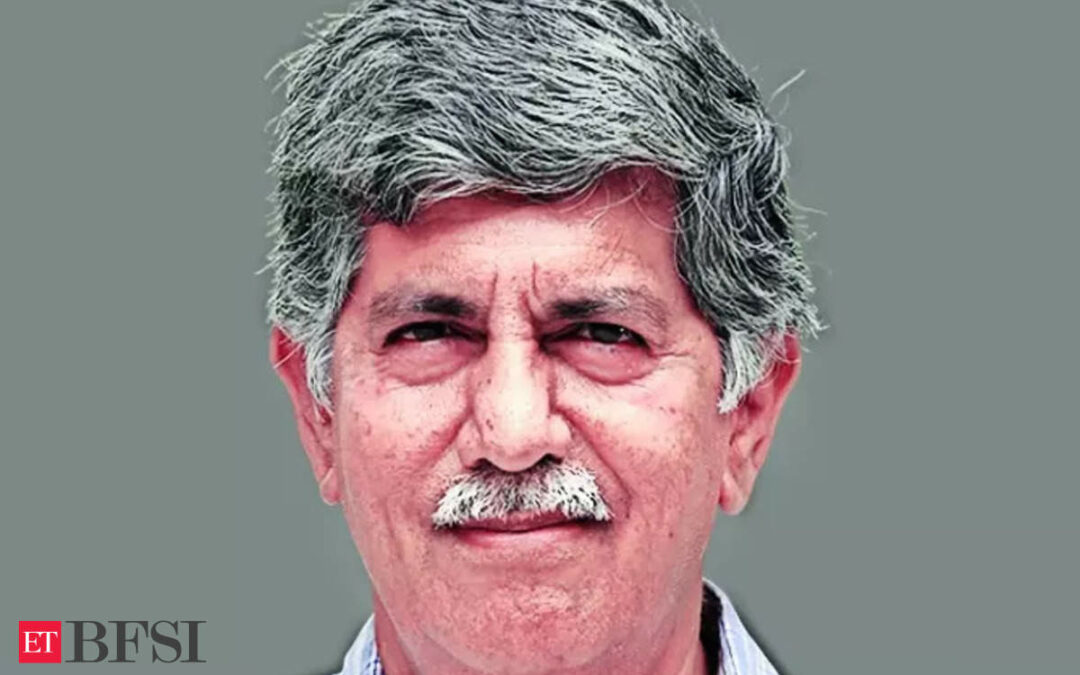A real interest rate of around 1.5% and inflation dipping closer to the Monetary Policy Committee’s 4% target would be desirable for the Indian economy, Shashanka Bhide, an external member of the rate-setting panel, told Bhaskar Dutta. Edited excerpts:
What is your assessment of the appropriate level of the real interest rate for India?
I think a real rate of about 1.5% would be appropriate. However, this would have to be with an inflation rate close to the target. It is also necessary for the other macroeconomic conditions to be appropriate to achieve high economic growth.
In the latest MPC minutes, you have flagged a decline in private consumption expenditure growth. What would bring about an improvement?
Consumption growth in FY24 was adversely affected by poor monsoon, weak agricultural growth and relatively high inflation rate. In FY25, conditions are expected to be more positive/favourable, especially on the inflation front. Secondly, there has been a consistent, although cautious, improvement in consumer confidence and business sentiments; both would be positive for consumption spending, directly and indirectly.
The RBI has repeatedly voiced concerns over elevated food inflation. What is your reading of the situation?
Good agricultural output, enabled by a favourable monsoon and other climate conditions, would be important for both moderate food inflation and overall growth this year. Q2 this year should see a lower food inflation because of favourable base effect. However, the course of the monsoon will play the crucial role.
Is there a risk of too much growth sacrifice from maintaining restrictive policy for long?
While there is a moderation in inflation rate to below 5% levels, it is necessary to achieve CPI inflation closer to 4% in a credible manner. Significant fluctuations can be disruptive for growth stimulus. It is in this sense that the policy must be supportive of stable and moderate inflation expectations. We now have an opportunity to do it.
What does the increasing wedge between core CPI inflation and headline CPI inflation tell us about underlying demand conditions in the economy?
In FY24, food inflation on the average exceeded the headline inflation, while the category of the ‘miscellaneous’ main part of the core, was about 1 percentage point below the headline. Core inflation at a moderate level is important for keeping the overall inflation rate low and gives some flexibility in moving to the target. Policy must address the core inflation while the supply side transitions the temporary conditions.










